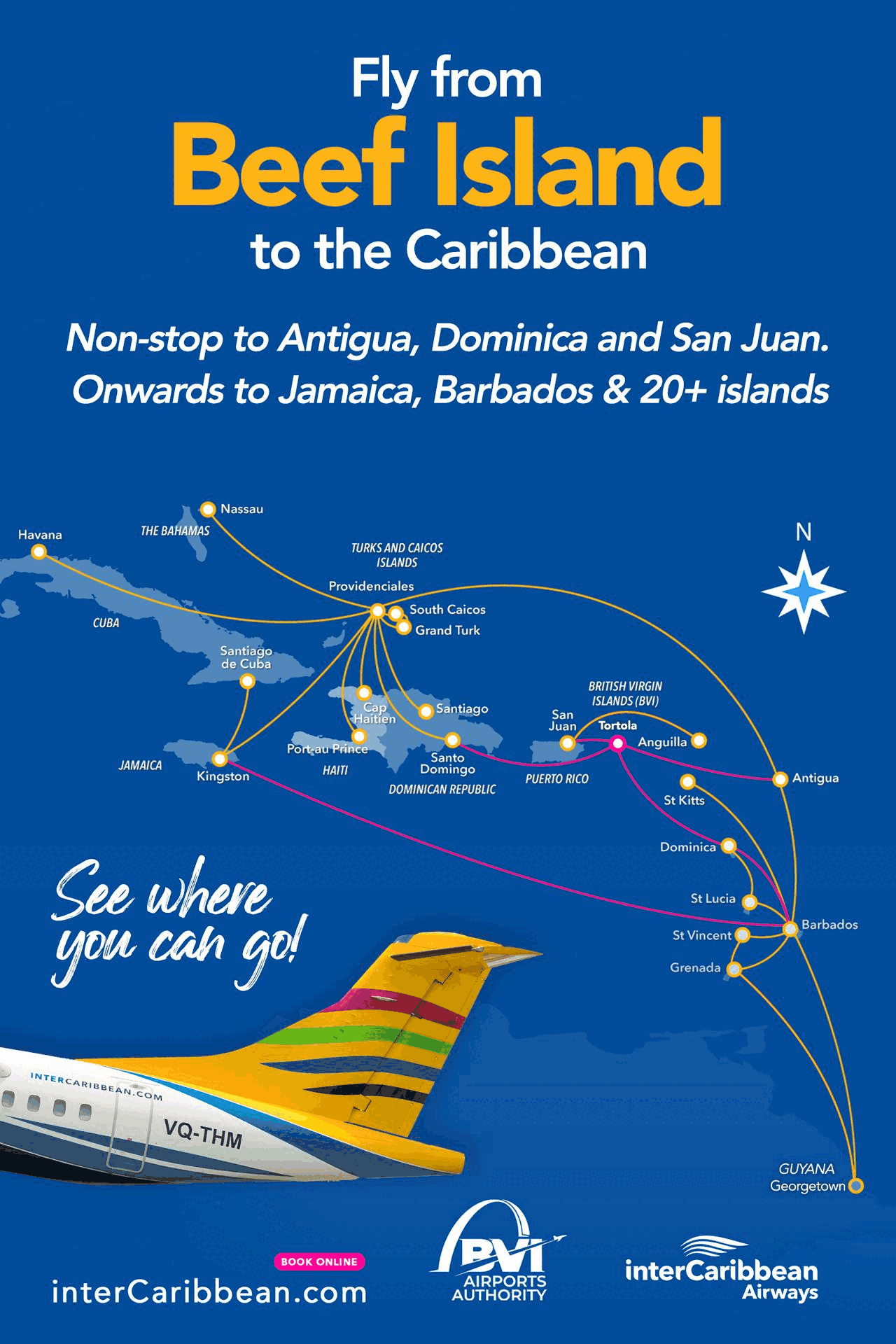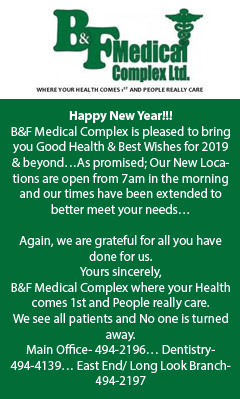The new Gold Standard and King Dollar
Now, gold, once upon a time, backed currencies and fostered trade both internally and externally. This was the time of exploration and the discovery of a New World outside of Europe by the ‘’White Man.’’ Gold continued to drive trade from that time to the early twentieth Century. Gold backed paper currency was both an aid to sea trade and exploration, and a way to store value. Gold became the preeminent metal on which paper notes or certificates that supported subsistence and trade depend
Paper currency was early money that exchanged for gold bars kept by goldsmiths in vaults on the streets of Amsterdam, Rotterdam and London. That paper money was a means of exchange for myriad products and services and offered the holder entitlement to the gold in those vaults. Present day USA was then a land occupied by the original Native Indian inhabitants, as was the rest of the Americas, including the Caribbean. The Mayflower had not yet set sail across the North Atlantic.
This gold backed currency and supporting coins, was the genesis of today’s cash and debt society. Gold backed certificates fostered sea trade for decades. Paper money and coins backed by gold had replaced trade by barter.
Gold backed currency drove the Industrial revolution of the 1700s and began the culture of commerce, invention, technology, banking and investment that rules the world economy to this day.
The US Central Bank, the Federal Reserve, set up in 1913, printed and managed the new Dollar, driving the evolution of money as key mechanism of exchange and value. Until 1933, gold backed the Dollar- the original gold standard. Theoretically, consumers could take the Dollar into the bank and get the equivalence in gold. Then the Gold Standard ended, and the backing of currency became ambiguous. This was the start of trust and confidence: the invisible Gold Standard.
Ambiguity was the new reality. It was impossible to exchange currency for gold – off the cuff- if users of currency needed gold for any reason, especially as the volume and scope of currency exchange expanded with trade and economic growth Post 1945. That was the progression to Bretton Woods. Gold was a scarce resource, but currency in the form of paper and metals had no limit, currencies pegged to the Dollar existed as long as there was paper and metals in supply. The Federal Reserve became the watchdog protecting the value of the Dollar against inflation. The Dollar became the World’s Key Currency.
The 1944 Bretton Woods Agreement established the present currency order with the International Monetary Fund, and the World Bank as agents of American economic power. The Dollar was the dominant global currency Post World War 2. The Dollar pegged to the price of gold, although not backed by gold like pre 1933. In turn, world currencies pegged to the Dollar.
Recent history was a narrative that revealed that Europe and Russia was in debt to the USA for the supply of armament, material and personnel that won the Second World War. The Dollar represented all international transactions of value that delivered normalcy after the war ended in 1945.
In the Far East, the Dollar and Dollar debt, which denoted in Dollars, rebuilt Japan and drove the re-development of Malay, Singapore, China, the Philippines, and Korea. It was the same in the west: the Dollar rebuilt the west in 1945 and beyond. The Dollar rebuilt the west after the Second World War ended. The world was indebted to the USA through the Dollar, which enabled countries rebuild and develop.
In countries not directly involved in the War such as those of the Caribbean, Latin America and Africa, Bretton Woods Organizations – IMF and World bank- got involved in their development directing investment through the Dollar in tourism, shipping, mining, crop export, and oil and gas exploration.
US power coupled with the Dollar has been the driver of world economic affairs for over 100 years. Dollar Debt has financed US annual deficits and national debt and has built Post World war 2 economies especially Germany, the UK, and countries devastated by war.
Today the Dollar continues to prop up the world’s economy as key measure and store of value, and the world’s reserve currency. It finances government deficits including the Virgin Islands’ and drives commercial lending, consumer lending, and credit in most jurisdictions. Debt drives society and debt is valued in Dollars.
The trust and confidence in American power continues to allow the Federal Reserve to manage – albeit indirectly – the world economy by managing the Dollar as the last port of call, when all hell breaks loose.





_01.jpg)

.jpg)







2.png)

.jpg)





1.jpg)














11 Responses to “The new Gold Standard and King Dollar”